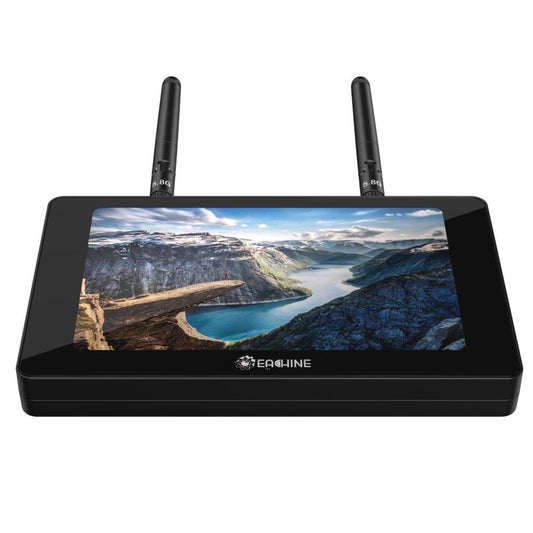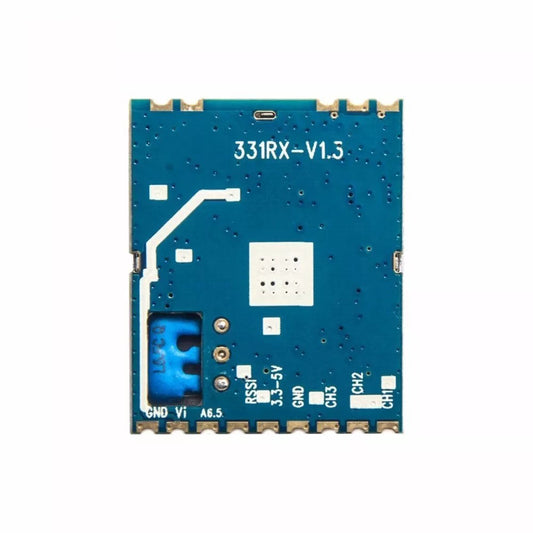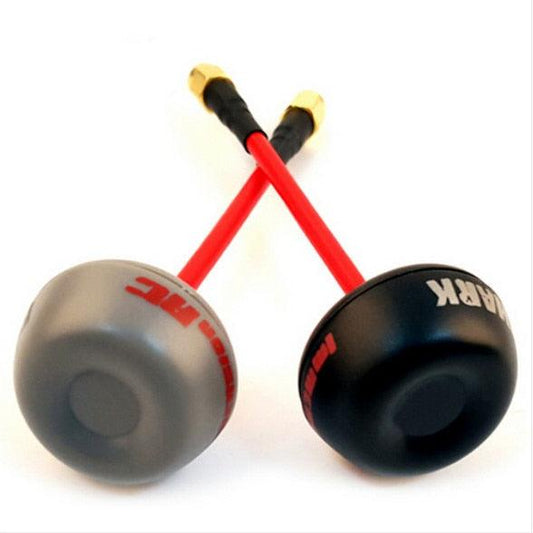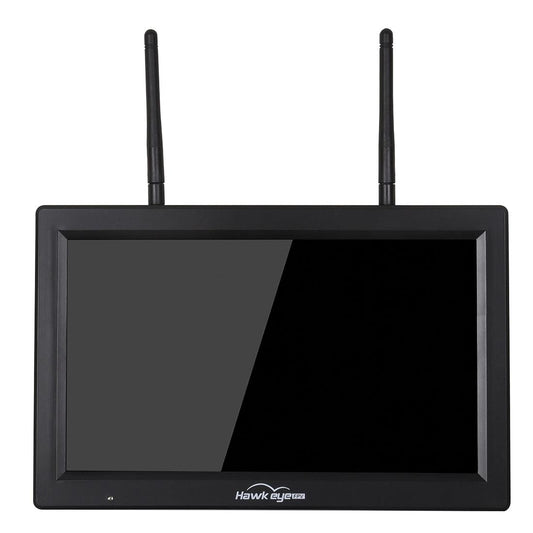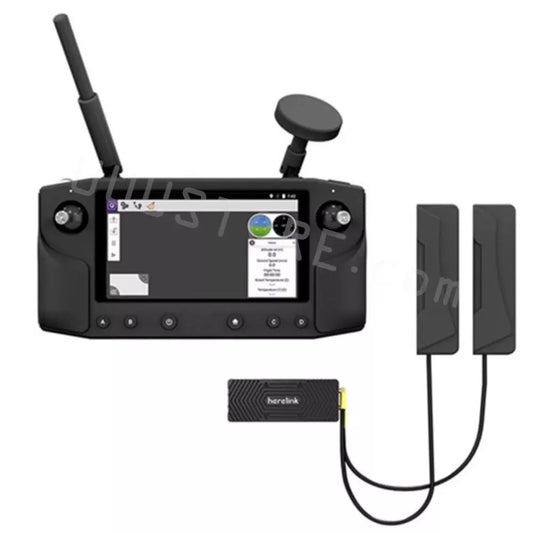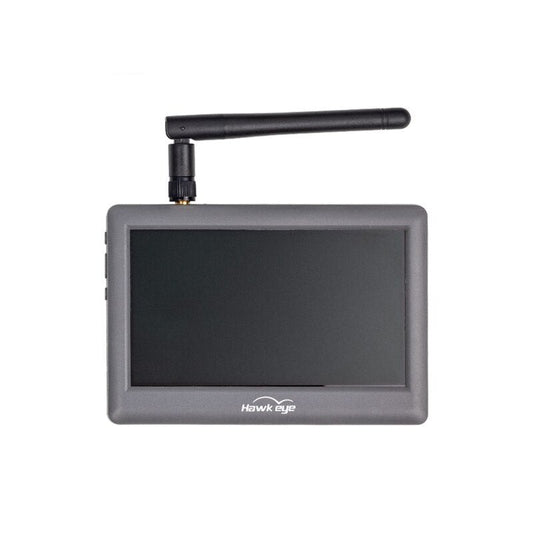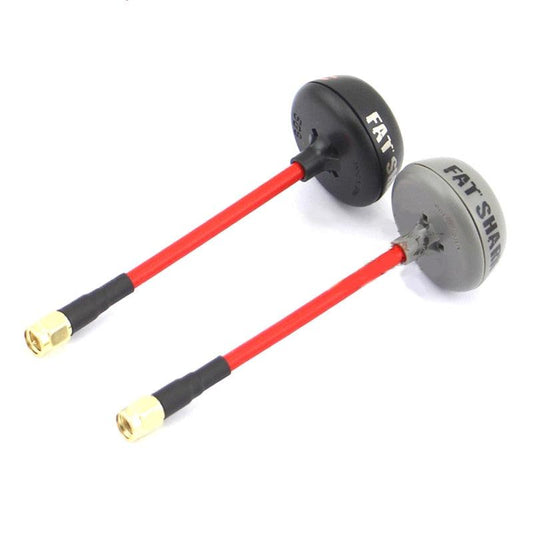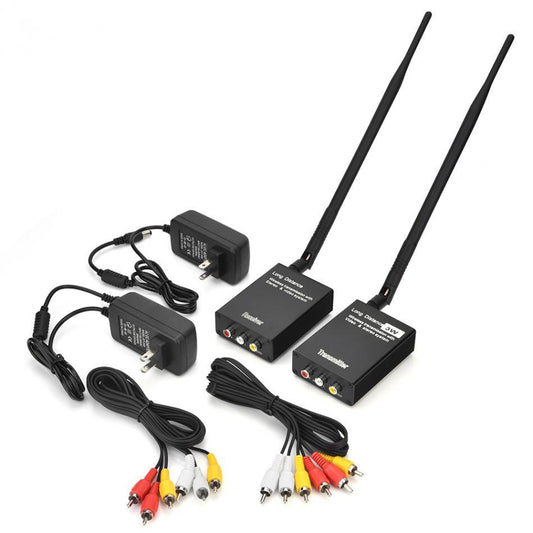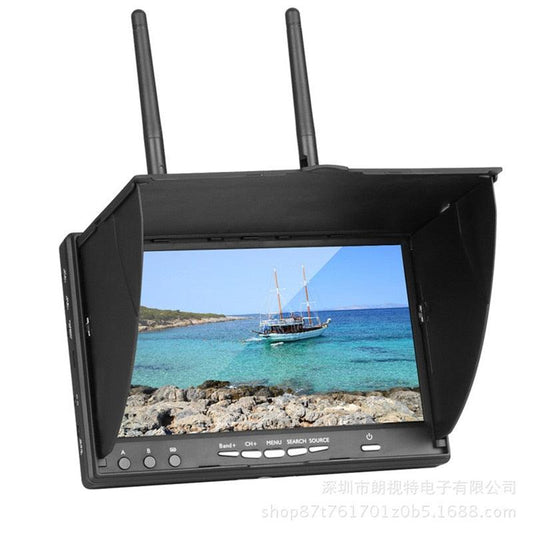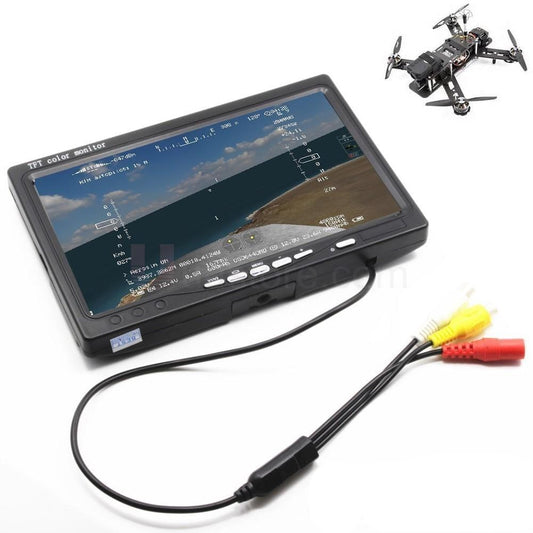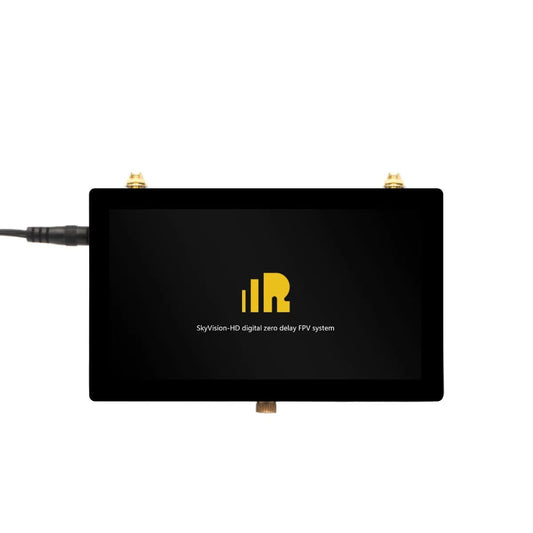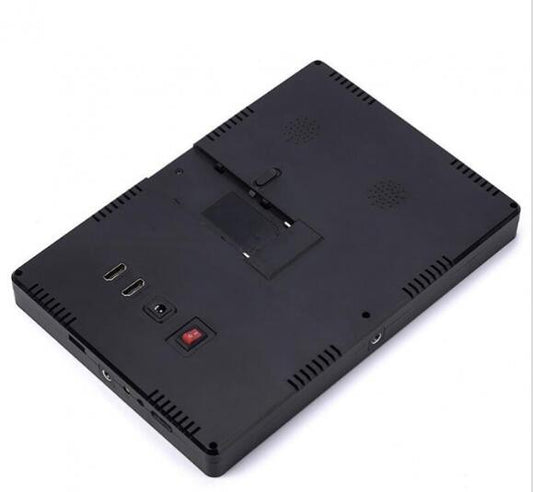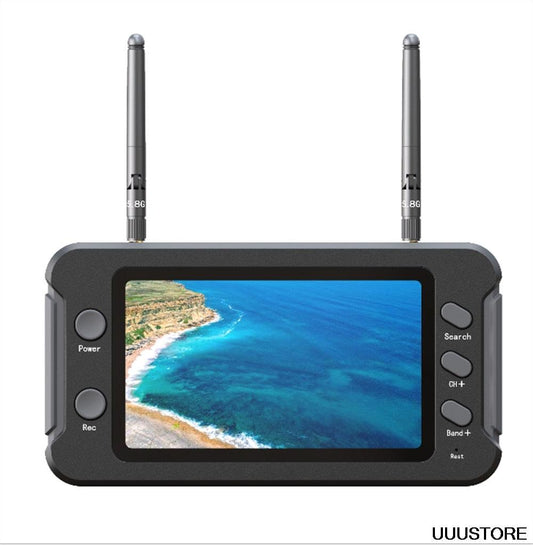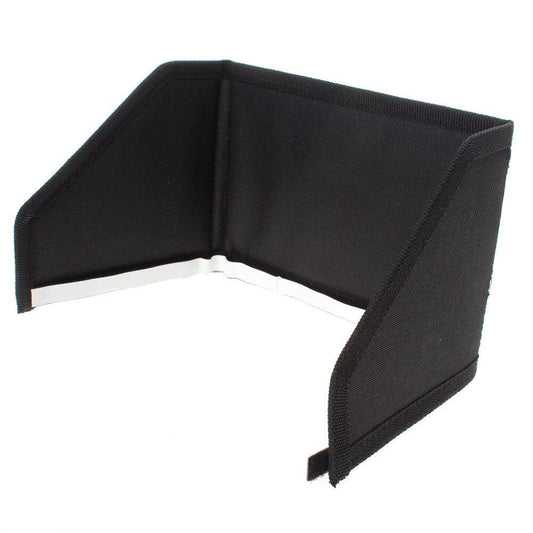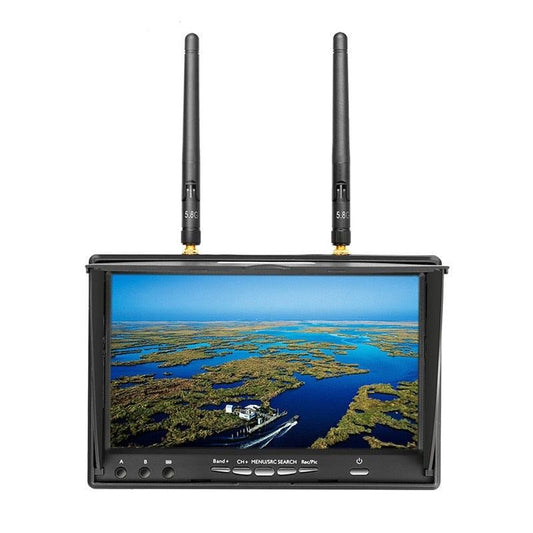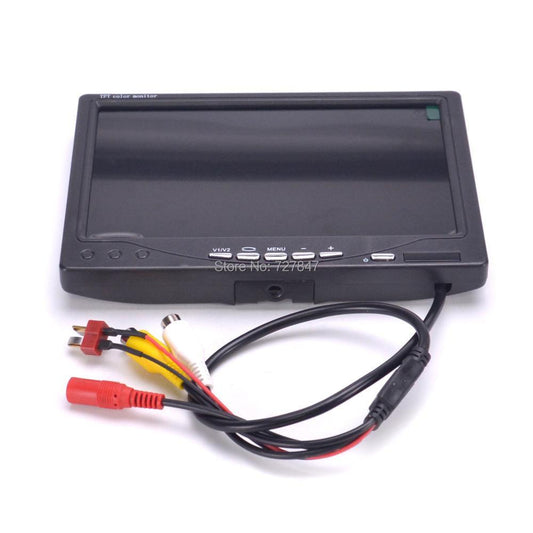-
Eachine Moneagle 5 Inch FPV Monitor - IPS 800x480 5.8GHz 40CH Diversity Receiver 1000Lux FPV Monitor HD Display For RC Drone Radio Controller
Regular price From $112.51 USDRegular priceUnit price per -
AKK 331 VRX - 5.8GHz FPV AV Receiver Module for goggles and FPV monitor/ 351 FPV Transmitter Module for Racing Drone DIY Build
Regular price From $12.83 USDRegular priceUnit price per -
Fatshark ImmersionRC SpiroNet 5.8GHz Circular Polarized RHCP FPV Transmitter receiver Antenna for RC racing drone FPV monitor
Regular price $10.28 USDRegular priceUnit price per -
Hawkeye Little Pilot High Bright Screen FPV Monitor - Dual Receiver DVR 1280×720 10.2 inch1000lux 5.8GHz Display 3S-6S For FPV RC Racing Drone
Regular price $237.98 USDRegular priceUnit price per -
HEX Herelink 5.5inch Screen Displays - 2.4GHz 20KM Long Range HD Digital Video telemetry Transmission System HDMI 1080P 30/60fps
Regular price From $1,229.00 USDRegular priceUnit price per -
Hawkeye Little Pilot 5.8G FPV Monitor - 480×272 4.3inch Screen 48 Channels FPV Display Screen Receiver Integrate for RC Drone
Regular price $77.16 USDRegular priceUnit price per -
Fatshark ImmersionRC SpiroNet 5.8GHz Circular Polarized RHCP FPV Transmitter receiver Antenna for RC racing drone FPV monitor
Regular price $10.34 USDRegular priceUnit price per -
2.4G 3W Transmitter Receiver - Wireless Adapter 3000mw AV Sender Audio Video Transmitter And Receiver for VCR Recorder CCTV Camera RC FPV Monitor
Regular price $97.45 USDRegular priceUnit price per -
uuustore 7 Inch HD FPV Monitor - High Quality LCD5802S LS5802S 5802D 40CH Raceband 5.8G 7 Inch Diversity Receiver HD Monitor with Build-in Battery for FPV Drone
Regular price From $77.91 USDRegular priceUnit price per -
NO blue 7" LCD Color 1024*600 FPV Monitor - Video Screen 7 inch Rc car Multicopter DJI Phantom ZMR250 QAV250 racing fpv drone
Regular price $53.10 USDRegular priceUnit price per -
CHINOWING T30 All-In-One Hand-Held GSC Ground Station | 10.1inch 1920x1200, Intel i5, 23-ch RC, 5-150km Link
Regular price From $6,799.00 USDRegular priceUnit price per -
CHINOWING T31 Hand-held GCS for Unmanned Vehicle & Robotics Control, 10.1inch 1000nit, i5 6200U, Dual SBUS
Regular price From $7,399.00 USDRegular priceUnit price per -
CHINOWING T30S Dual-Screen All-In-One Hand-held Ground Station, 10.1in x2 1920x1200 800nit, Intel i5, IP53, SBUS
Regular price From $7,399.00 USDRegular priceUnit price per -
CHINOWING T40 Dual Screen Ground Station, i7, 13.3in + 12.1in high-bright, VM21 networking, dual SBUS, IP53
Regular price From $11,799.00 USDRegular priceUnit price per -
CHINOWING T50 Dual Screen Drone Ground Station, i7-1260P, 17 inch 1280x1024, 32G RAM, 1T SSD, SBUS, 150km Link
Regular price $15,999.00 USDRegular priceUnit price per -
HDZero Monitor – 4.3" 800-Nit FPV Field Monitor with Auto Switch HDZero/Analog, HDMI Out, DVR, XT30 2-6S Input
Regular price From $279.00 USDRegular priceUnit price per -
FrSky SkyVision HD - 5.5" 720P 60HZ High Bright Monitor Screen HDMI Output Built-in DVR 8G Storage
Regular price $239.00 USDRegular priceUnit price per -
MyFlyDream 10 Inch FPV Monitor - High Quality 10 inch IPS 1920x1200 Super HD FPV Monitor Retina screen 10" for RC FPV Model Quadcopter Multicopter
Regular price $257.92 USDRegular priceUnit price per -
4.3 Inch FPV Monitor - 800x480 IPS HD Display 5.8GHz 40CH Diversity Receiver For RC Drone Radio Controller
Regular price $98.23 USDRegular priceUnit price per -
Sun Hood SunShade for 7 inch LCD FPV Monitor - 2 Vision H3-2D Zenmuse Video Screen FPV Ground Station DJI Phantom Video
Regular price $19.45 USDRegular priceUnit price per -
Eachine LCD5802D 7 Inch FPV Monitor - 5802 5.8G 40CH 7 Inch FPV Monitor RC Drone Airplane Long Range FPV Camera Goggles Drone Support DVR Funcion
Regular price $158.80 USDRegular priceUnit price per -
7 inch FPV Monitor Screen - Newest 7 inch LCD TFT FPV 1024 x 600 Monitor Screen Remote control FPV Monitor Photography Sunhood for Ground Station
Regular price From $49.89 USDRegular priceUnit price per
